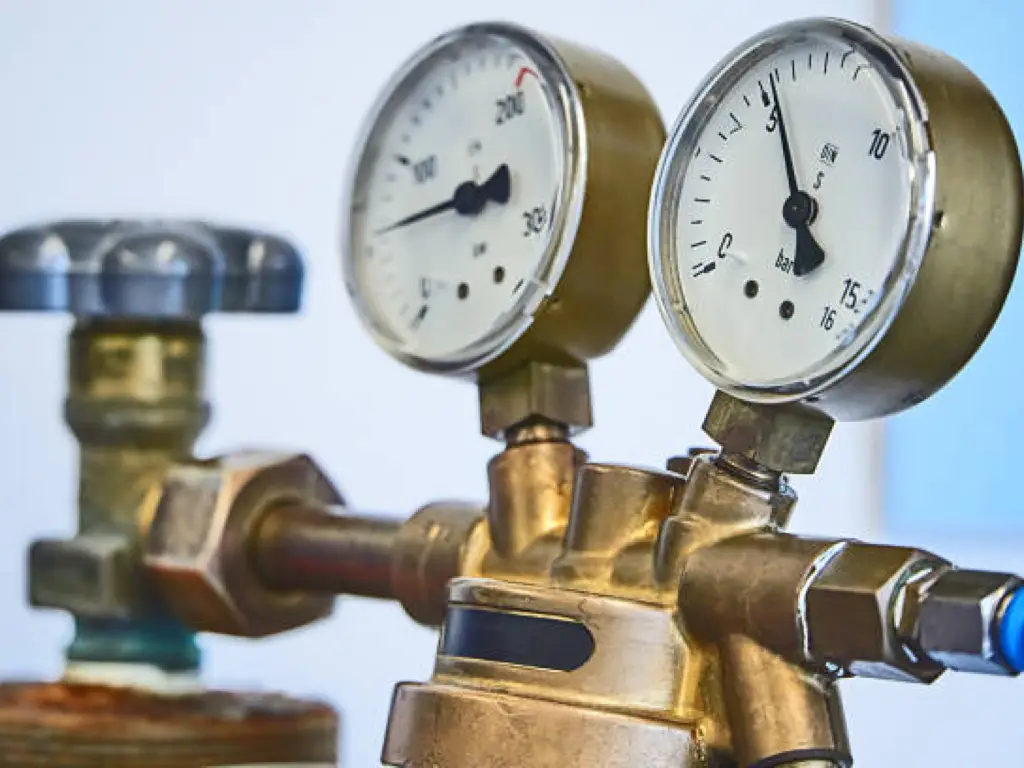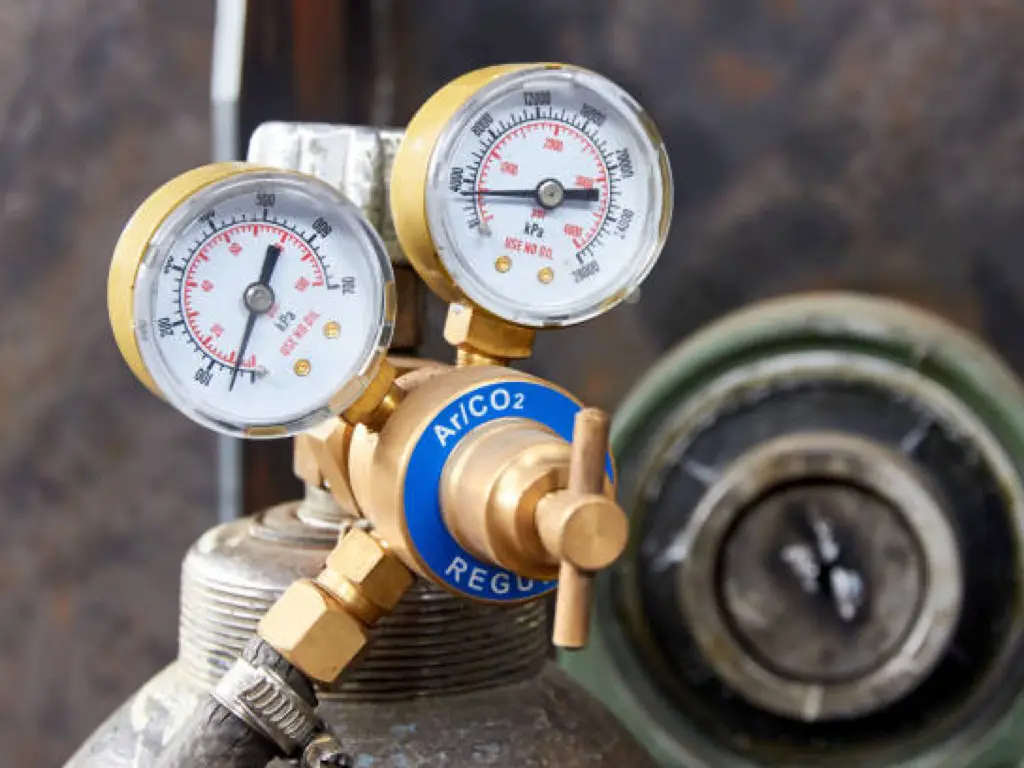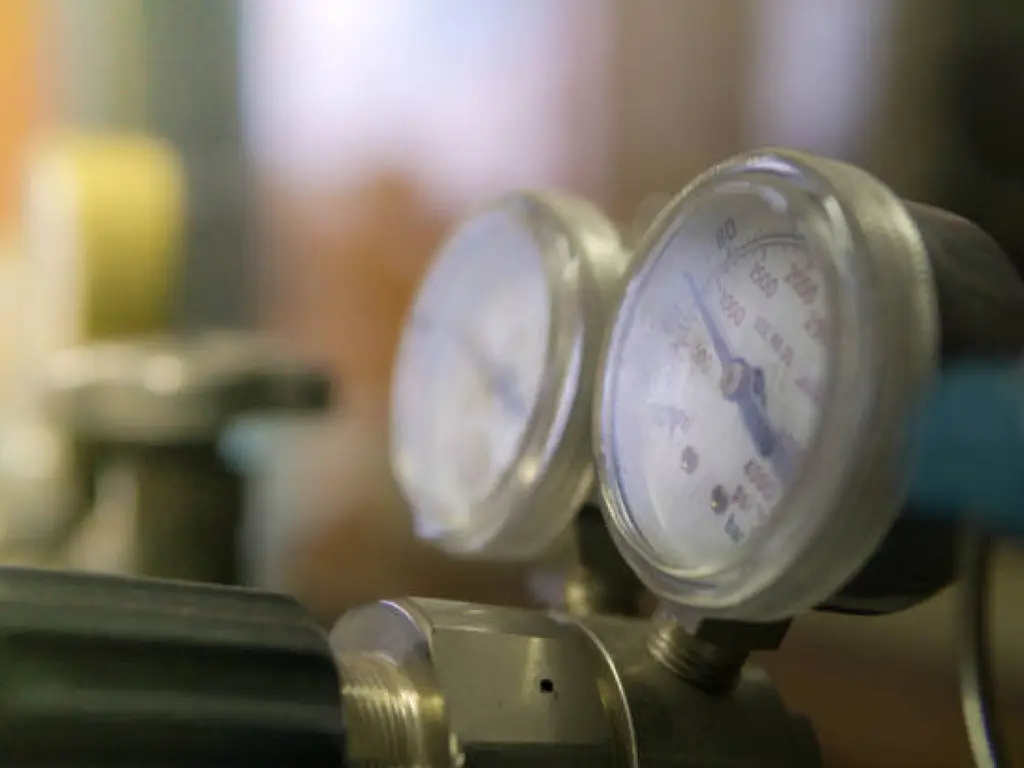What Are Pressure Reducing Valves?
Pressure Reducing Valves (PRVs), one of the control valves which can also be known as pressure regulating valves, are vital components used in many industries, including water, steam, oil & gas, and aerospace among others. They are mechanical valves designed to automatically convert a higher, often-unsafe input pressure in a system into a lower, more manageable output or downstream pressure. They achieve this by balancing the inlet pressure against the resistance of a spring, leading to a remarkable mechanism of pressure regulation. The basic function of pressure-reducing valves is to reduce high upstream pressure to a constant, reduced downstream pressure, regardless of the fluctuations in upstream water pressure.

PRVs are meticulously crafted, self-acting devices, that do not require an external power source, thus providing an efficient and cost-effective solution for pressure control. With their simple design and high reliability, they significantly reduce the potential for damage caused by high pressure to tools, equipment, and systems downstream.
What is Pressure Reducing Valve Working Principle?
The pressure reducing valve working principle hinges on adjusting the inlet pressure to a specific required outlet pressure and depending on the medium’s energy to maintain the outlet pressure stable. This is achieved through throttling and adjusting the opening and closing parts. The result is reduced medium pressure which automatically meets the predetermined downstream pressure requirements.

When the pressure sensor in the valve detects an increase, it signals a reduction in the valve opening; conversely, when a decrease is detected, the valve opening increases. This dynamic allows the pressure regulator to constantly adjust and manage the control requirements. Effectively, the pressure reducing valve works on the principle of equalizing the force between the adjustment spring and the reduced pressure, which helps to set pressure.
What Are the Key Components of a Pressure Reducing Valve?
Pressure Reducing Valves consist of a myriad of components designed for optimal function under even the toughest environments:
- The Valve Body: This crucial part of the valve works to stabilize the return of flow while efficiently regulating pressure. Inside the valve body is a V port throttling plug that offers an accurate and stable response for flow and pressure regulation, reducing noise and vibration.
- The Diaphragm: This component controls the valve’s position against a spring pressure.
- The Adjustment Spring and Screw: These parts work in tandem with the diaphragm to control the valve position.
- Pilot Valve: This is used in the pilot-operated pressure-reducing valve to load a piston or diaphragm, increasing the downward force used to open a larger primary valve.
What Are the Functions of Pressure Reducing Valves?
Pressure Reducing Valves serve numerous functions in various systems. In steam systems, they provide precise control of downstream pressure, automatically adjusting the valve opening to maintain constant pressure during fluctuations.

Pressure-reducing valves offer protection against water hammer under defined conditions and can be used as bypass valves to save systems during power failures. They are capable of taking rapid action by sensing and adjusting based on downstream pressure. Their fully automatic self-contained operation does not require the necessity of an external power source.
What Are Types of Pressure Reducing Valves?
There are mainly two types of pressure-reducing valves – Direct Acting Pressure Reducing Valve and Pilot Operated Pressure-Reducing Valve.
Direct Acting Pressure Reducing Valve
Ideal for small loads where precise pressure control is not required. Compact, cost-effective, and easy to install, the valve’s accuracy is typically within +/- 10% of the downstream set point. The direct-response nature of this valve means the movement of the spring aids in opening the valve.
Pilot-Operated Pressure-Reducing Valve
Used for larger loads requiring close pressure control. They offer a quicker response to load variation and work within a wider range of flow rates. With this valve type, a pilot valve is employed to load a piston or diaphragm, resulting in the opening of a primary valve for larger flow capacity.
What Are Some Applications of Pressure Reducing Valves?
Self-acting pressure-reducing valves are employed across various scenarios, each type fit for service in different circumstances.
- Air or Gas Services: Employed in tools like pneumatic control systems, power tools, and incorporated in industrial gas storage and distribution systems.
- Water Services: They play a pivotal role in domestic and industrial water distribution services and fire protection systems, ensuring a steady and manageable flow of water.
- Steam Supply: They are utilized in steam applications involving direct steam supply, steam engines, and turbines, managing the high steam pressure in these systems.
- Hydraulic Presses: Pressure-reducing valves are used to control ram pressure in hydraulic presses, ensuring smooth operation and preventing damage from high pressure.
- Medical and Small Process Equipment: They aid in reducing pressure on sterilizers and humidifiers as well as in unit heaters and other small process equipment.
- Heavy Industrial Equipment: These valves play a crucial role in bearing lubrication systems, reducing pressure to safe levels to prevent damage.
- Fuel-oil Systems: PRVs are used to manage and reduce pressure in fuel-oil systems, ensuring the optimal functioning of these systems.
What Factors Should Be Consider While Selecting a Pressure Reducing Valve for a Particular Application?
When selecting a pressure reducing valve for an application, it’s crucial to consider factors such as the desired downstream pressure, flow requirement, the fluid type and its properties, and expected pressure and temperature fluctuations. Additionally, the specific application, industry regulations, and environmental conditions are also determining factors.

It is critical to identify the pressure reduction ratio of the valve in relation to the system value, where the valve must be higher to some extent. The valve should be able to respond to the direct-acting or reverse-acting control signal even at maximum or minimum flow. These valves should be selected for a useful control range, i.e., 20% to 80% of the maximum flow.
Pressure Reducing Valve VS Pressure Relief Valve
| Pressure Reducing Valve (PRV) | Pressure Relief Valve (PRV) | |
| Purpose | Reduces a high input pressure to a lower, constant output pressure | Protects equipment by releasing excess pressure from a system |
| Operation | Automatically adjusts to changes in input pressure to ensure a steady output pressure | Activates only when the system’s pressure becomes dangerously high |
| Design | Relatively complex with direct and pilot-operated designs | Simpler design, primarily a spring-loaded apparatus |
| Application | Used in systems that require constant, lowered pressure | Used in systems that could potentially face high, unsafe pressure levels |
| Flow | Controls the flow of fluid and decreases the pressure | Redirects the flow of fluid when pressure reaches an unsafe level |
| Maintenance | Requires regular maintenance due to constant operation | Rarely requires maintenance as it only operates during pressure overload |
| Result | Provides constant reduced pressure to meet system demand | Prevents damage and potential disaster by venting excess pressure |
How Does a Pressure Reducing Valve Respond to Changes in Demand?
A pressure reducing valve responds to changes in demand by either opening or closing the valve. When upstream pressure remains at or below set levels of downstream pressure, water freely flows through the valve as there isn’t sufficient pressure to force the diaphragm upward and close off the valve. However, if the inlet side pressure starts exceeding the outlet side, it forces the diaphragm to move up, closing the valve.

Demand on the outlet side often results in low pressure, allowing the valve to remain open whilst back pressure from downstream can cause the valve to remain shut. This dynamic is an example of how the valve maintains static and dynamic pressure control.
Conclusion
The pressure reducing valve working principle, mechanisms, and applications bespeak of its importance in various industries. As a reliable component in regulating and maintaining a stable, desired downstream pressure in various systems, it ensures the safety and efficiency of those systems. Getting to grips with how a PRV works illuminates the pivotal role it plays in pressure control, providing precise, automatic, and cost-effective solutions.
Need More Support? Come to Dombor
At Dombor, we understand the intricate workings of a pressure reducing valve, offering refined solutions for a wide range of applications. With our team’s extensive expertise, we can provide comprehensive support and guidance to help you choose the perfect pressure reducing valve for your specific needs, ensuring safety, productivity, and efficiency in your operations.









